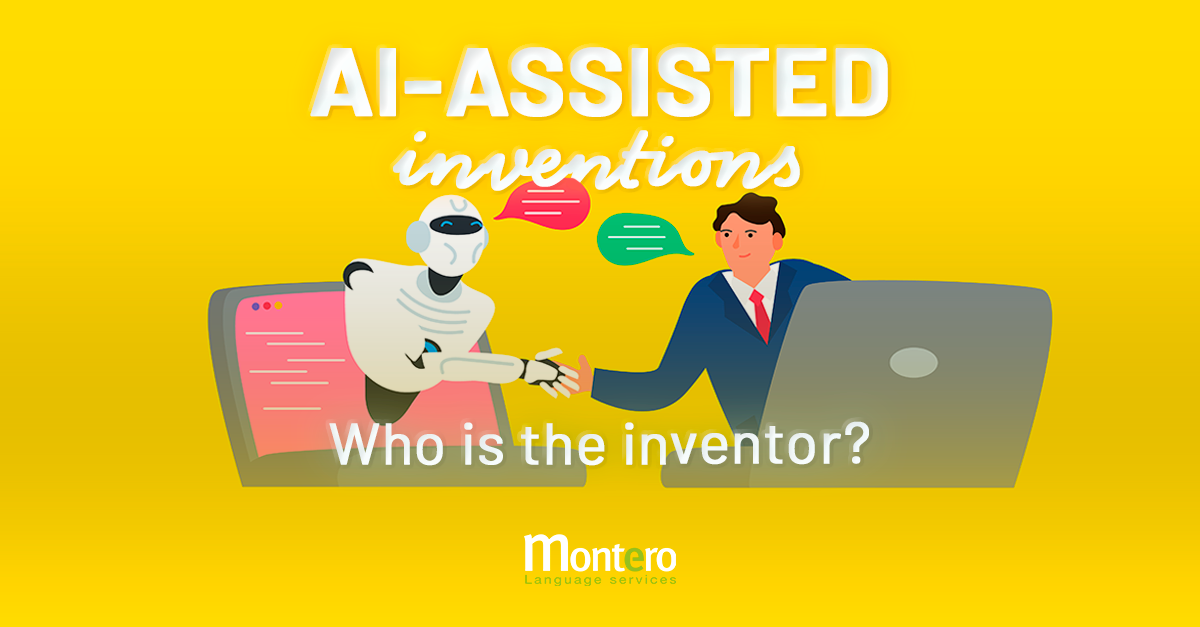In the current context of the translation industry, it is a given that different agencies and freelancers use technology to streamline the efficiency and performance of their production processes. Today, it would be almost impossible to envisage a company or individual managing the work chain using unrelated and separate elements. The use of an integrated system that centralizes all the tasks performed by a language service provider, from when the task is received to its final delivery, and including all the relevant services and corresponding human resources has long been recommended. This type of tool is known in the sector as “translation management systems” or “globalization management systems”. Undoubtedly, it is now an essential resource. which is why in today’s article we will explain in greater detail the elements and values of this tool.
It can be said that these translation management systems essentially use two types of technology. On the one hand, there is the technology that is dedicated to managing processes. It is used to automate the workflow. Put another way, these tools are very useful for creating a record of all the information linked to a translation task (type of task, quote, client details, agreements between the parties, human resources assigned to the project, task tracking, monitoring after delivery, incident management, and a long list of tasks essential to project management that should be centralized in a single system in order to have a suitable record of the business activity and make it easier to internally browse and search for information). On the other hand, translation management systems include technology that is specific to language services, which are intended to help professionals optimize their work and ensure higher quality in all the processes.
Below we will discuss the main elements of this type of system:
First, and in relation to the second type of technology mentioned, they tend to include an assisted translation tool. Normally, translators do not manually translate using pen and paper, rather they insert the text into computer programs that allow them to produce an interlinguistic reproduction taking into account the source and target, while keeping the format of this source text in order to then export it easily (e. g., web pages, slide presentations, virtual training programs, etc.). To do so, these computer-assisted translation tools can have certain additional characteristics. It is common for them to allow translation memories (a database that stores prior translation segments so that they can be reused if there are matches) to be created and used. Of course, the translator can decide whether or not a translation proposed by the memory is valid or not, meaning that is becomes more complete and complex as the translator adds to it. It is, unquestionably, an especially useful resource for ensuring consistency between similar projects. In the same vein, these systems have incorporated terminology bases, which serve as a record of terms so that they can be looked up at a later date. This type of technology is highly recommended for businesses with a very specific vocabulary that is constantly used in its business activities. Automatic translation also comes into play here; it is a newly-incorporated type of translation that is increasingly found in translation management systems, which we discuss in more detail in this article. Although the use of the latter is left up to clients depending on their language needs, having terminology bases and translation memories has become essential for companies aiming to reach a certain projection.
It goes without saying that some of these systems include content management systems, or in other words, tools that optimize the content flow without incorporating a different platform to the agency’s portfolio of programs. For example, these systems send automatic communications to the parties (purchase order notifications, delay notifications, etc.) and can be used to perform the final delivery. Here we also include tools intended to make it easier to manage business activities, prepare translation quotes or allow clients to monitor the progress of their orders.
Having said this, what are the advantages of integrating translation management systems in our regular activity?
The most obvious is undoubtedly the automation of processes. This type of system allows users to save a considerable amount of time; centralizing tasks means a more direct way of working, keeping track of all the aspects of interest and performing translation tasks more quickly. Likewise, it is a transparent tool in which all the content of the business activity is monitored at a glance (agreements between parties, instructions, activity progress, etc.). At a more practical level, we can highlight the clear contribution they bring to project management departments. Users of this system can easily manage orders, track their status and optimize the complex translation project processes that are involved in working hand-in-hand with several teams that may even be in different time zones.
At Montero Language Services, we use the most suitable technology in order to ensure an efficient, secure and quality service for all our clients. To do so, we use translation management systems in our day-to-day professional activity, and we are aware of the value these bring to the consolidation of our market position.
Ref. de la imagen: https://www.techopedia.com/2/29643/it-business/we-asked-women-in-tech-why-arent-there-more-of-you








